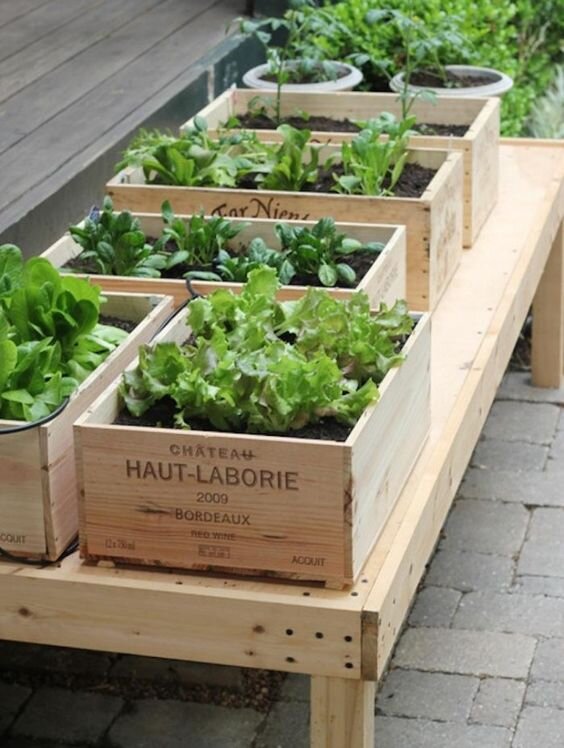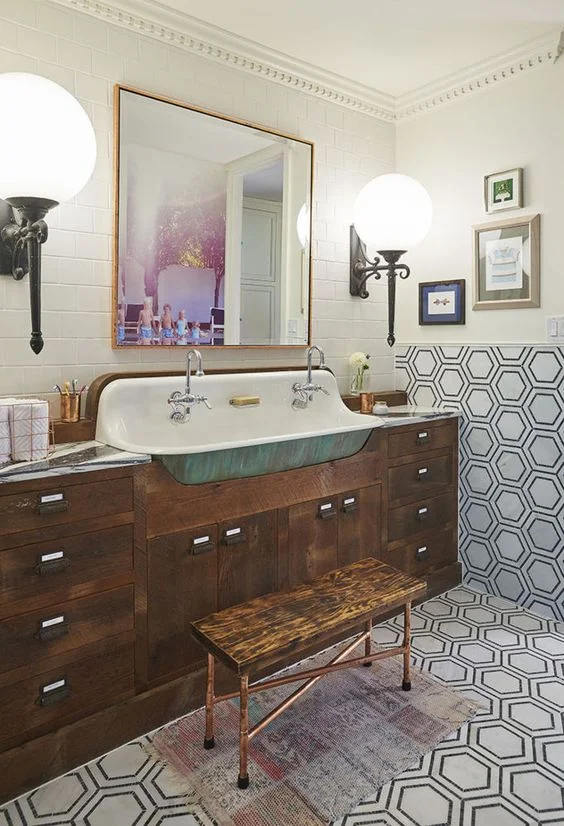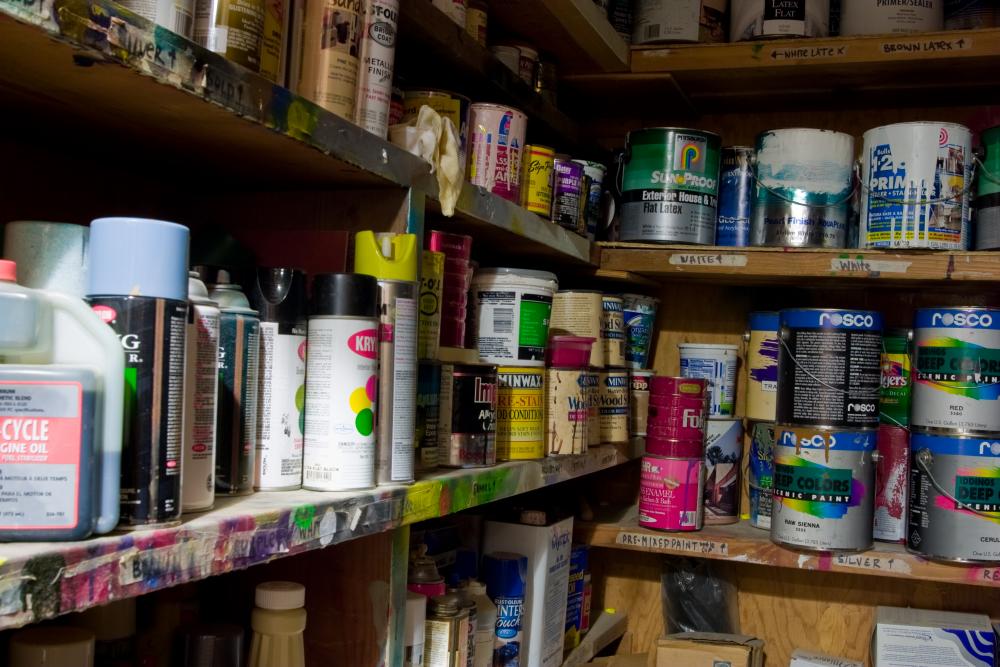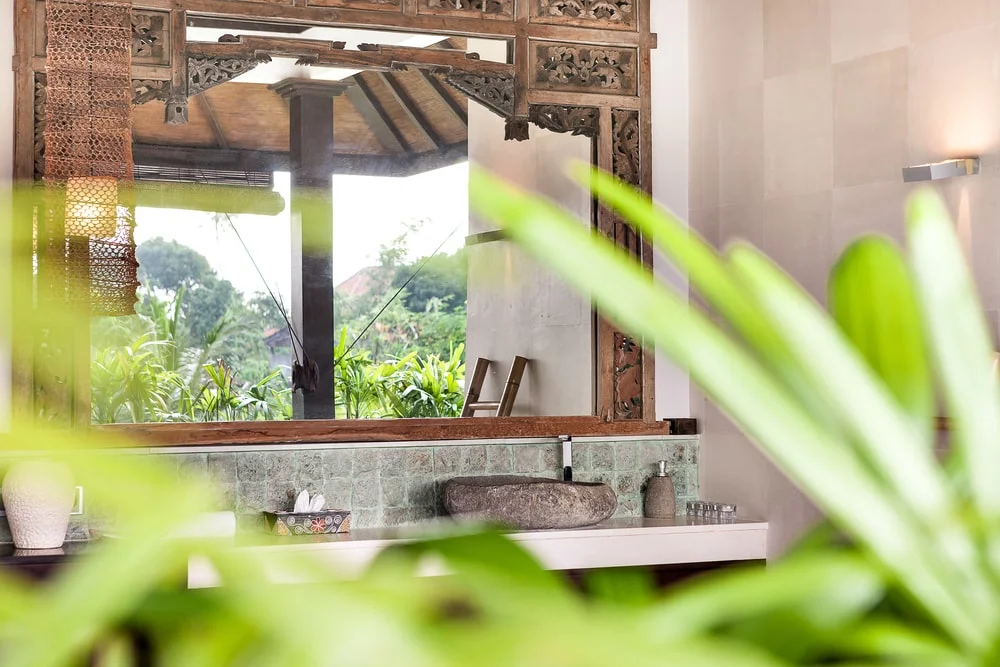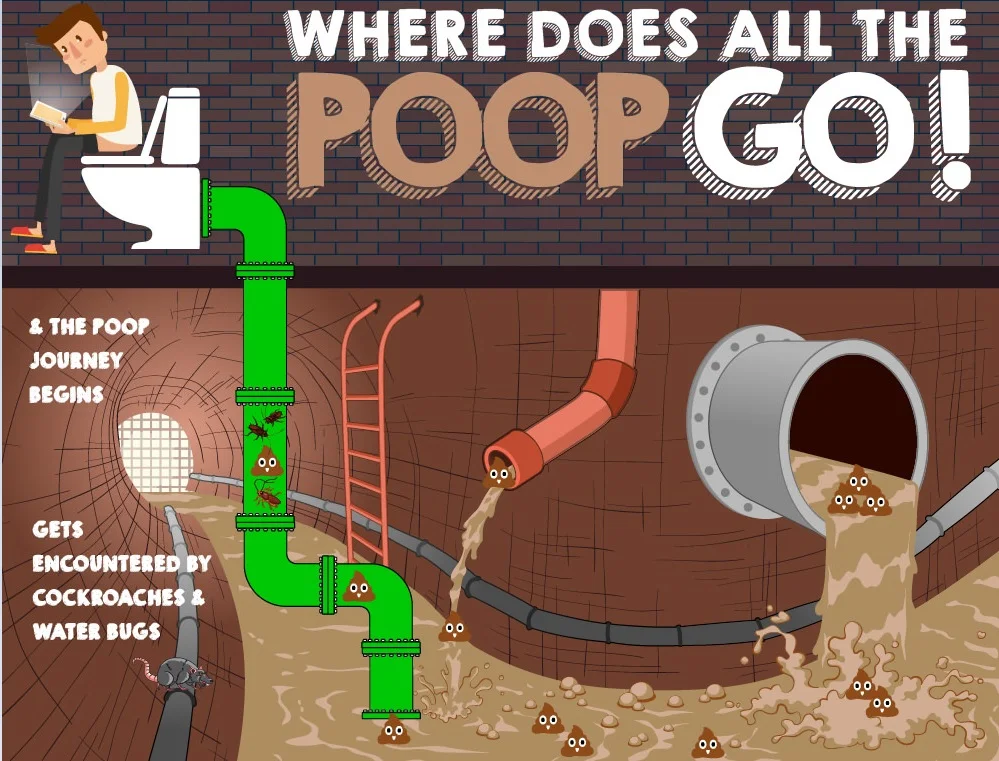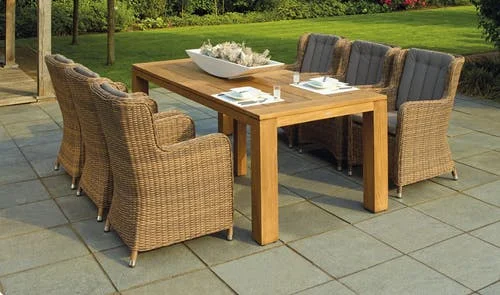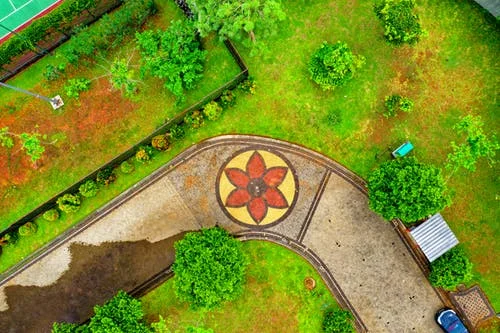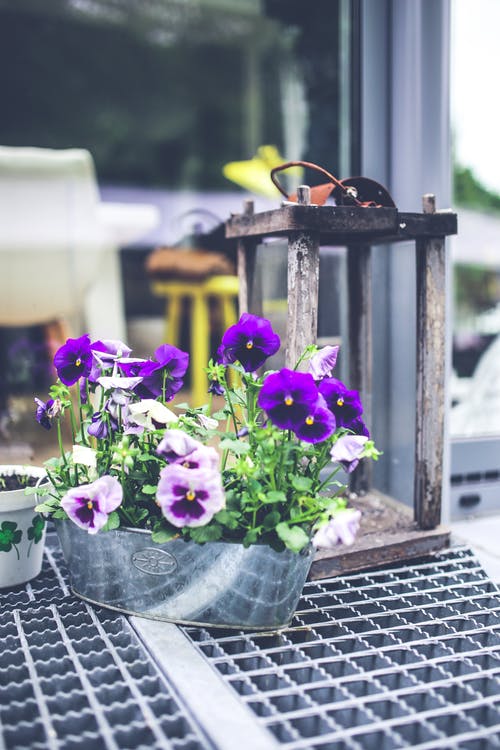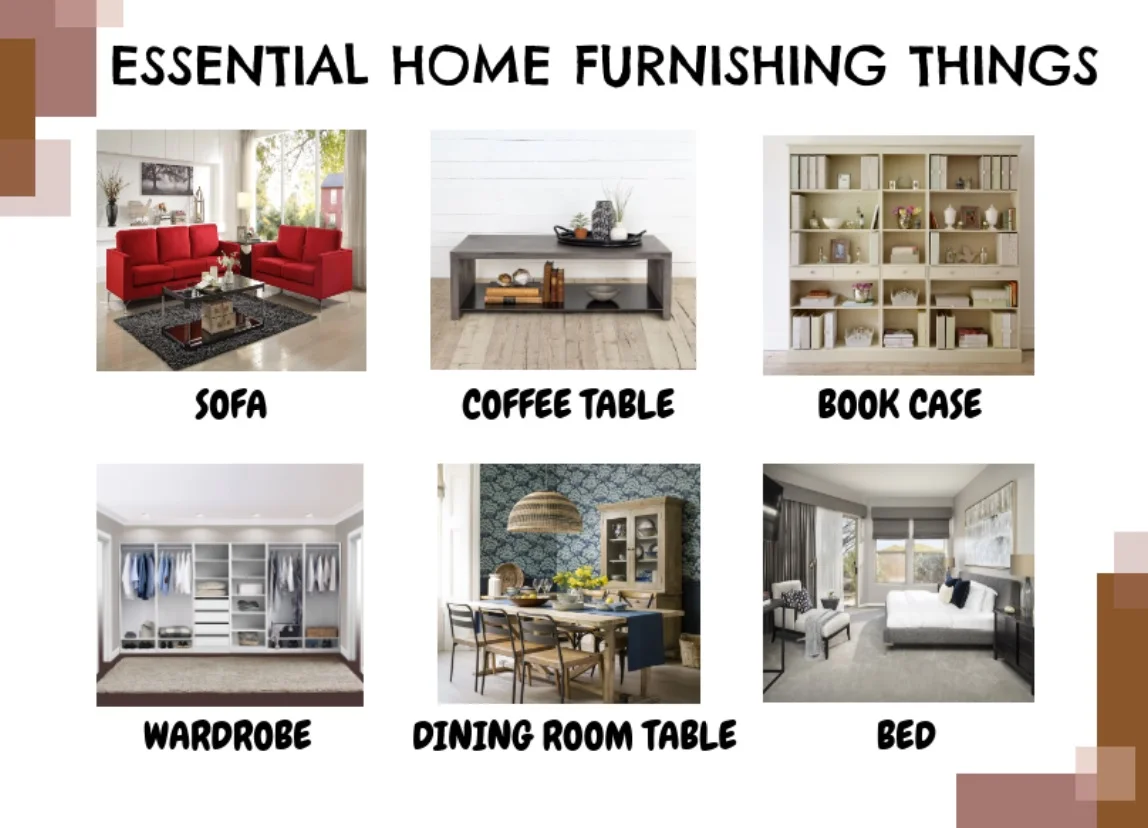Planning out your bathroom remodel? Here are some plumbing mistakes you’ll want to avoid
RH Business Marketing Solutions
Planning out your bathroom remodel? Here are some plumbing mistakes you’ll want to avoid
Next to a kitchen makeover, a master bathroom remodel is one of the best things you can do for your home’s value. Plus, a reimagining of your bathroom can make it a much more enjoyable and usable space. Yet, many homeowners put off this project for years. After all, just where do you start, and how much should you budget? In this article, we’ll review how you can get your bathroom remodel moving forward again, and some of the common pitfalls you’ll want to avoid when planning your project out.
Trying to do everything yourself
When working within a tight budget, it’s tempting to simply remove the cost of labor and take on the entire remodel by yourself. After all, how hard could it be? While there’s a fair amount of a bathroom remodel that homeowners can complete themselves, there are certain aspects that need to be handled by a professional. For example, bring in a licensed plumber to help with anything involving plumbing.
If you’re feeling like you’re in over your head, you may want to consider hiring a remodeling contractor near the start of your project. There are several advantages that come with working with the right person:
Experience: A trusted local remodeler has remodeled dozens, if not hundreds, of bathrooms. They can put together an accurate budget and scope while also helping you avoid common pitfalls.
Timeline: A contractor will set a deadline and strive to meet it. If you’re only able to work on your remodel over the weekends, set to your own deadline, who knows when your bathroom will be usable again?
Results: There’s always a risk with DIY work that the end result might look shoddy or be low-quality. For obvious reasons, working with a good contractor eliminates this risk.
Putting too much into the project
One of the biggest challenges of a bathroom remodel—and perhaps a significant reason why many homeowners put off the start of their remodel year-after-year—is not knowing where to start. After all, everyone has a basic concept of what a remodeled master bathroom looks like. But, translating that general idea into a detailed roadmap that outlines all the tools and materials needed is another thing altogether.
To add to that challenge, there are so many choices and decisions to make. Quartz, granite, or marble on top of the vanity? What kind of lights should you buy? Does this shower tile and this shower glass go together? Cumulatively, this can lead to something called choice paralysis, where the overwhelming number of options and variables leads to homeowners endlessly talking about their project, but never actually getting going.
Start with the budget. On average, people spend around $19,000 on a mid-range bathroom remodel and later net a 70.1% return on investment. If you work backwards, you can start to make choices informed by your budget: if you’re looking to keep costs down, keep the current layout in place, choose granite over marble, and prioritize the shower over the bathtub. This is setting the scope for your project. You want your punch list of things that need to be completed to realistically fit within both your budget and timeline.
Hiring the wrong contractors
If you’ve made the decision to hire a remodeler, plumber, or electrician for your project, make sure you find the right one. This is another place where things often go very wrong, very fast: in an effort to fit a professional into their budget, homeowners will accept the lowest bid out there. Often, instead of getting a great deal, you get someone who doesn’t know what they’re doing, makes mistakes, shows up late, causes the project to go over its original deadline, or is not honest.
Instead, submit multiple bids with professionals in your area who can be trusted. Read online reviews and talk to your friends and neighbors: there is bound to be a few people in your community who are willing to attest to the bathroom remodeling work of good contractors. Once you’ve narrowed down your list, be sure to ask these professionals about their experience remodeling bathrooms like yours, as well as what kind of insurance and certifications they have.
A little bit of homeowner homework ahead of hiring someone can save you a ton of money and headache down the road. Trust us: the right plumber, remodeler, or electrician makes all the difference.
It’s time to move forward
If you’ve been dreaming of a bathroom remodel for years, but have put it off time-and-time again, there’s no time like the present to get started. Follow the tips above to ensure your remodel starts right and goes smoothly. For even more helpful advice about plumbing mistakes to avoid, check out this infographic:
Guest Contributor: Amanda L



